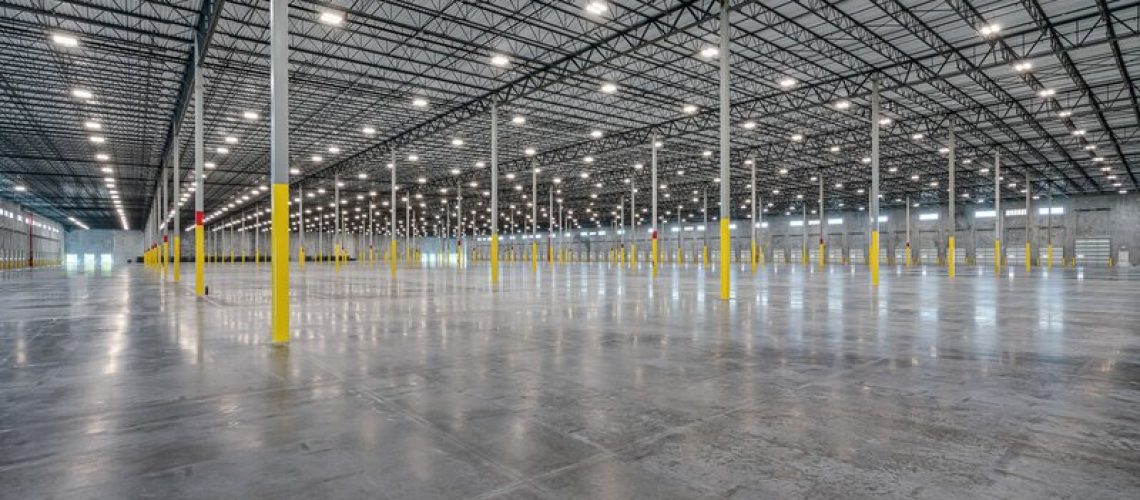Between the rapid acceleration in demand and stubborn supply chain snarls, the solar industry is facing unprecedented challenges in delivering its products to its end customers. The gaps between solar equipment manufacturers and project developers and contractors have always been high – and now they sometimes seem insurmountable.
To help bridge these gaps, solar companies are increasingly looking to outsource their warehousing and delivery operations to third-party logistics firms, often issuing a logistics RFP to companies.
If you’re a solar developer exploring opportunities to hand off logistics to a firm, there are a few things to keep in mind to build an effective RFP that clearly communicates your needs to the suppliers:
1. Identify the pain point you are trying to relieve. Before any warehousing and logistics supplier can provide you with a price for their services, they have to have a clear understanding of what problem you are trying to solve. Provide a breakdown of your requirements and include a wishlist of what you need. It doesn’t have to be elaborate (although it can be). It just needs to be clear and provided in a format warehousing and logistics suppliers can understand.
2. Ask how they plan to address your needs and require them to be specific. It’s important to understand the process a warehousing and logistics supplier will implement to solve your problem. You should ask whether the warehousing and logistics provider will be handling your account in-house or if subcontractors will be involved. Discuss the performance metrics, such as on-time delivery statistics, that you’ll be evaluating to make sure the project stays on track. Offer a hard timeline of when everything needs to be in place so you don’t lose customers.
3. Include your entire team when developing the RFP. While it may be tempting to turn the process over to your project development team, your warehousing and logistics supplier needs to have a complete understanding of what your customer service expectations are. To that end, including your sales and customer service teams in the production of the RFP is smart. It will enable everyone to be on the same page from the beginning. In other words, your RFP should be a cross functional document, providing you with the best chance of finding the right vendor for your specific needs.
4. Decide ahead of time what kinds of companies you will invite to bid on your project. Before you create your RFP, it’s important to understand what kinds of companies you want involved in the process. You should seek a company that has a long track record of stability. Logistics companies are easy to set up but harder to maintain consistently for years. Look for someone who has had long-term success and satisfied customers.
Finally, the companies you invite should also be adaptable. They need to be able to adjust to changing market conditions and requirements while maintaining appropriate levels of service. Do your research to see what companies are the most adaptable.
5. Provide specific deadlines and explain how bids will be evaluated. Clarity of deadlines and an explanation of how each bid will be evaluated is crucial. Provide step-by-step instructions on when submissions are due, important milestone dates, a final date by which you will have chosen your warehousing and logistics provider and a go-live date. That will allow warehousing and logistics suppliers to be able to plan their own staffing needs and other considerations. They will appreciate your consideration.
6. Seek companies who offer short-term contracts to offer you maximum flexibility. Most warehousing and logistics companies are only interested in your business if you’re willing to sign a long-term contract to use their facilities. As the market has become more volatile, however, short-term contracts are a better solution. You want to look for companies that can offer you short-term contracts, which will provide you the flexibility to scale up or down as market conditions fluctuate.
7. Make sure you stay in control. At every step of the way, make sure you understand the specifics of what you need and how you plan to achieve your goals. Stay in control of the process. You’re seeking a partner who will walk beside you through a project, not one looking to take over your business. Focus on creating effective partnerships and look at your third-party logistics supplier as an extension of your team, not a replacement for them.
To ensure you find the right warehousing and logistics partner for your project, writing the RFP properly is critical. If you follow the process outlined above, you are much more likely to find a company with whom you can build a long-term, mutually beneficial relationship.
Clay Perry is director of client services & solutions, BroadRange Logistics.
Tags: commercial and industrial, utility-scale



